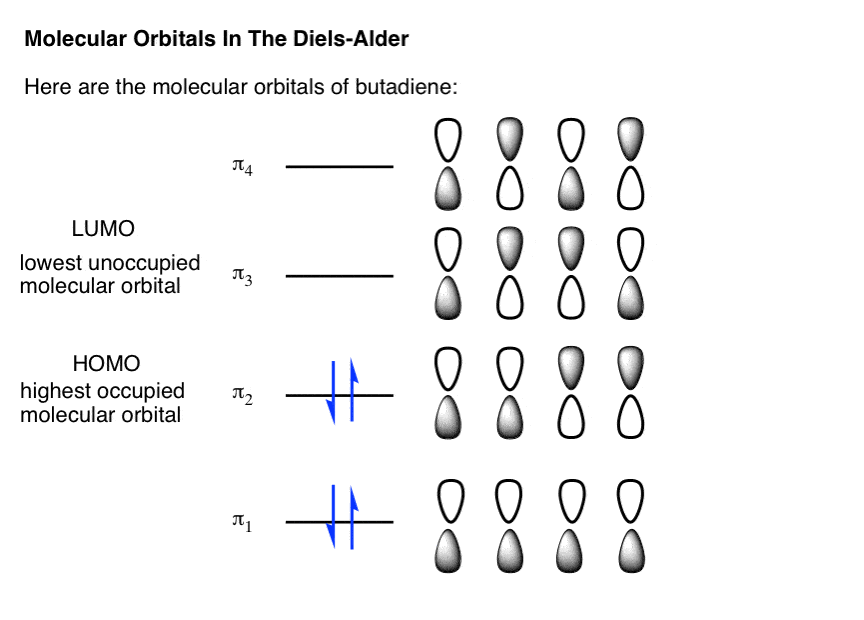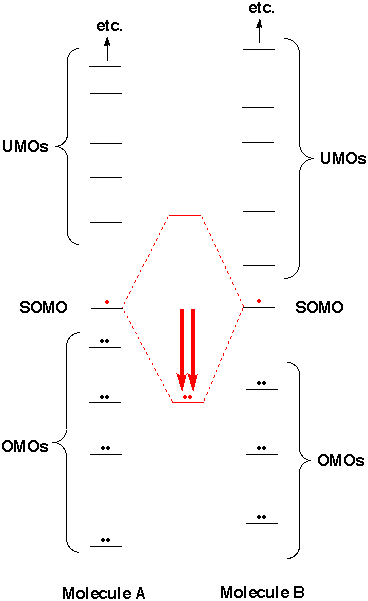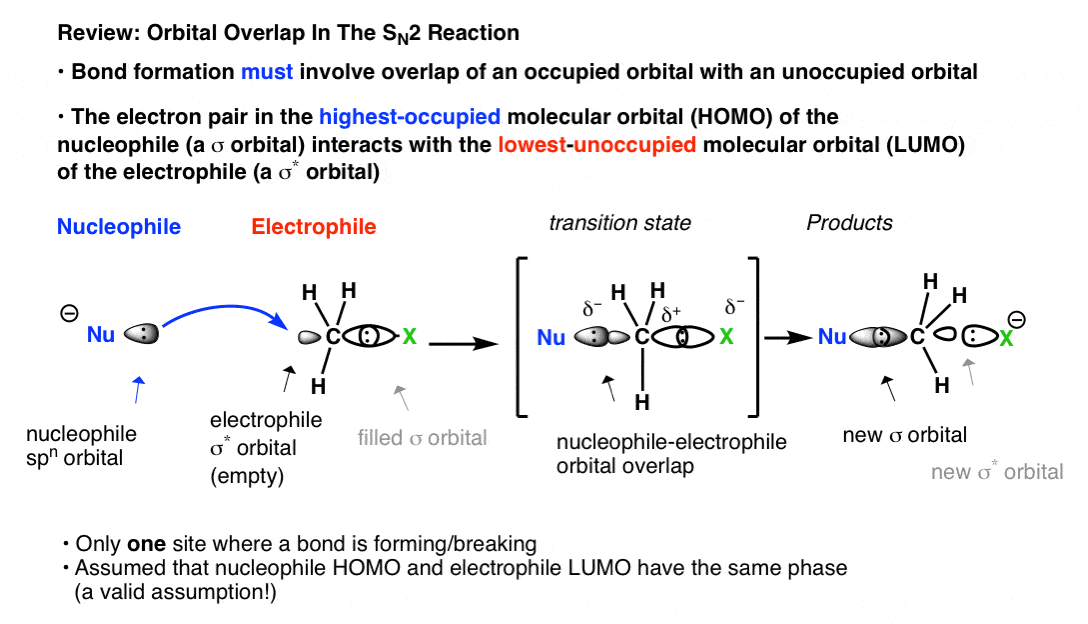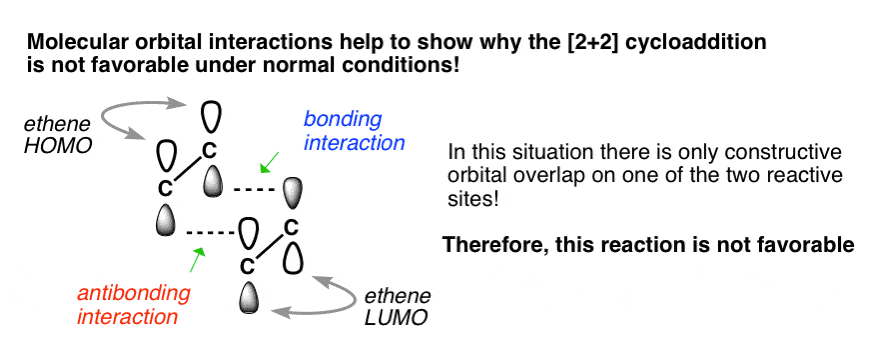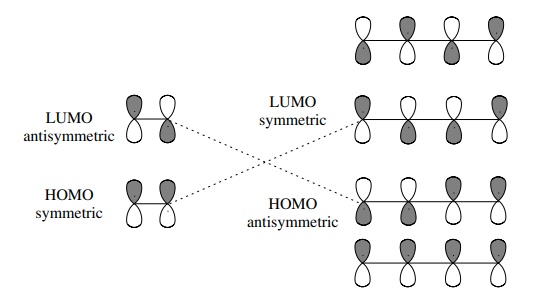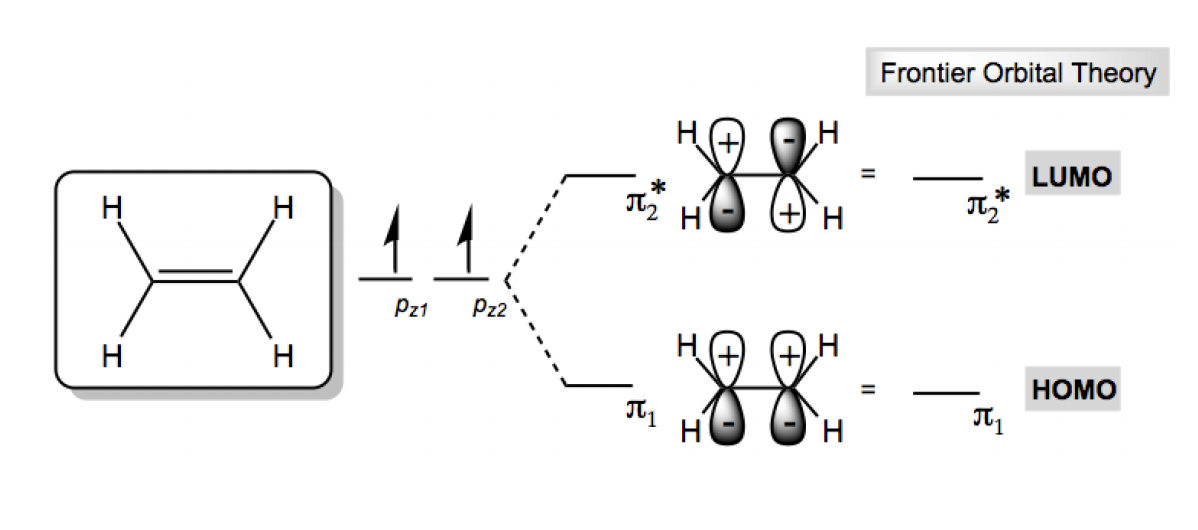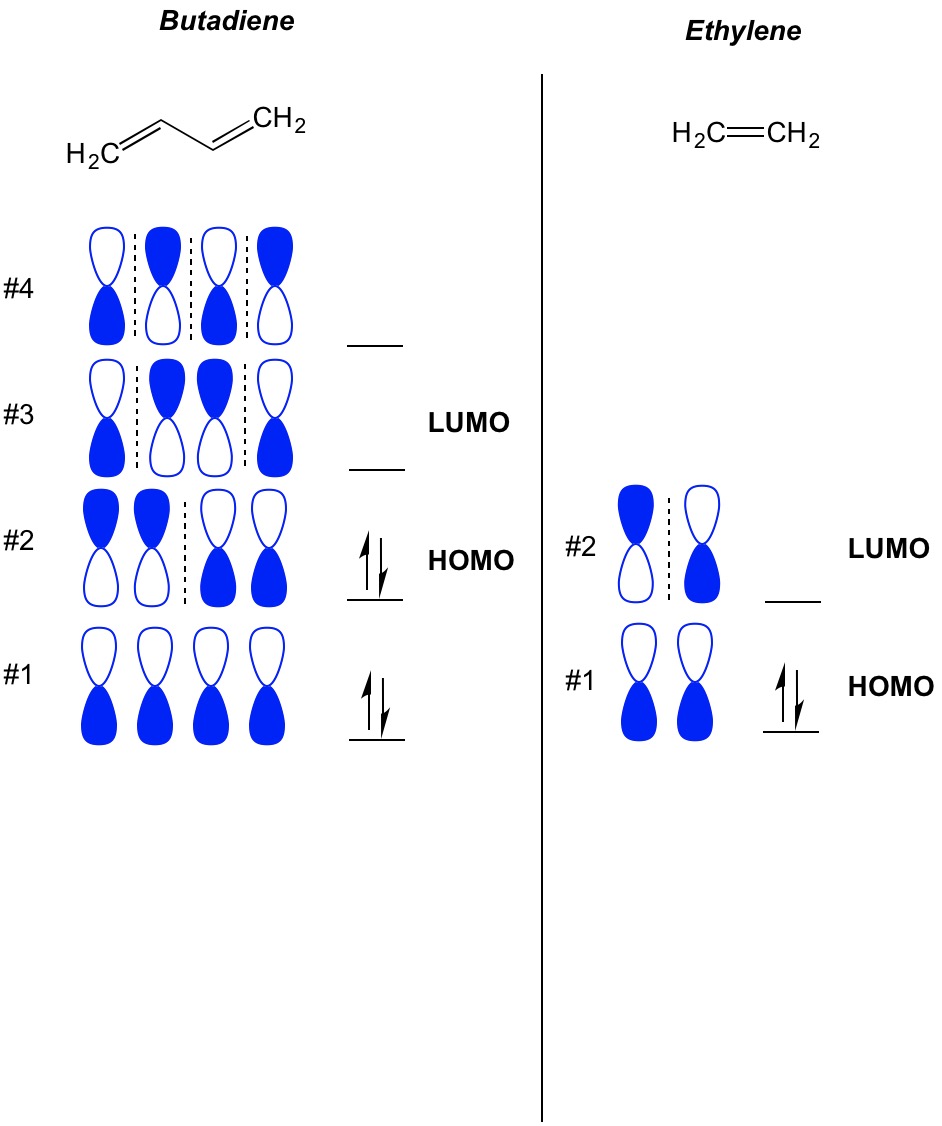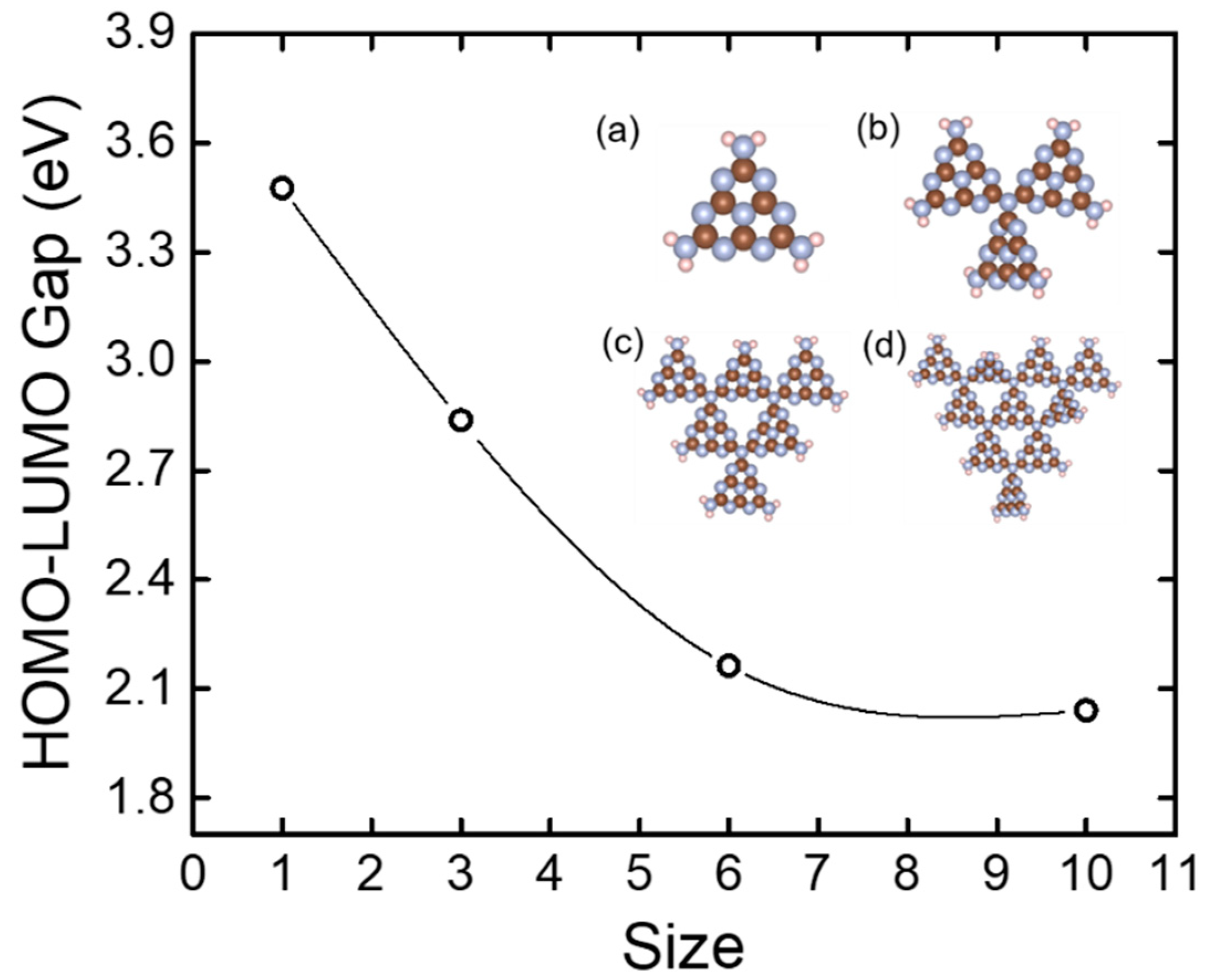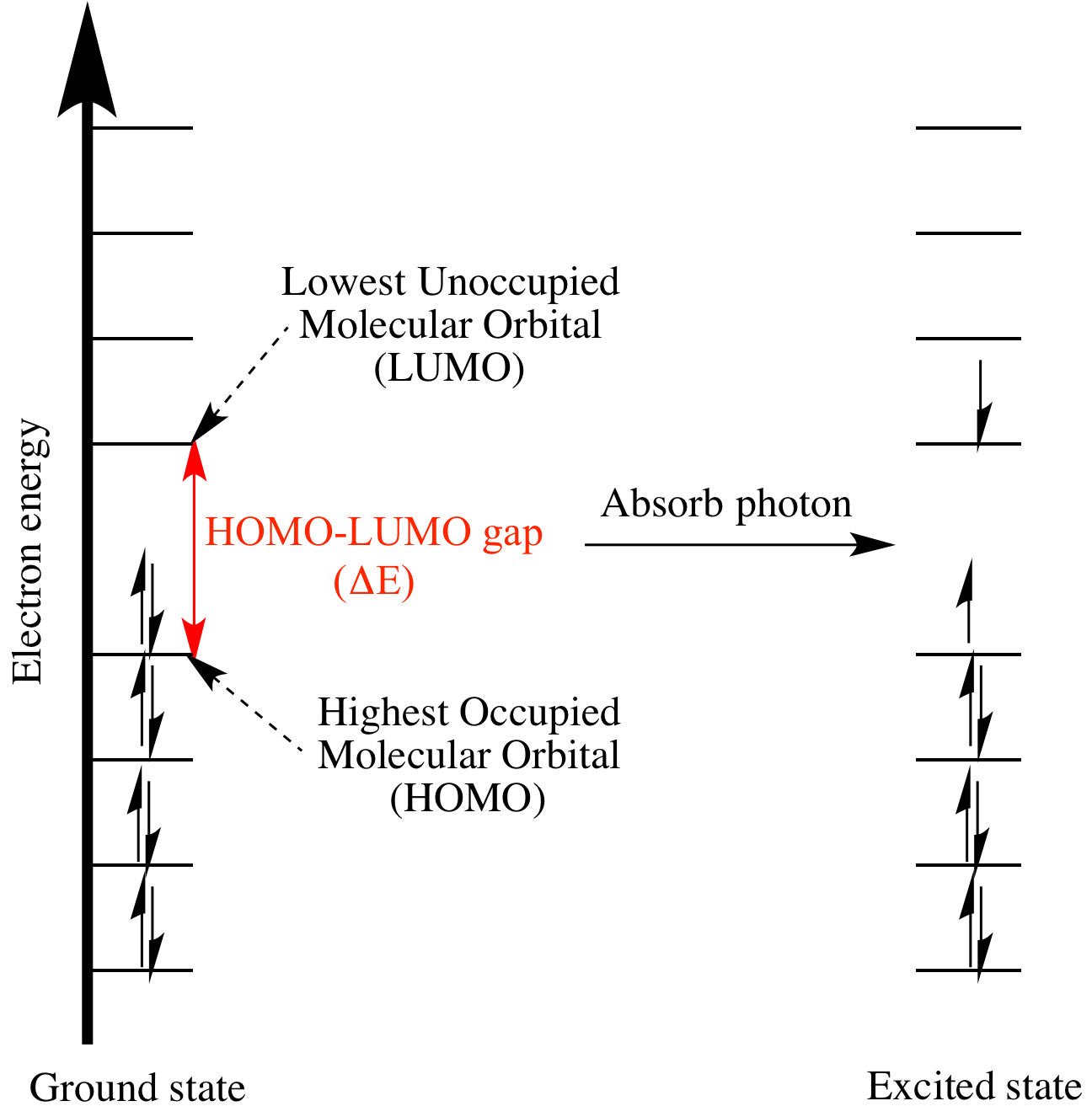
Depictions of the HOMO (red/blue) and LUMO (green/ yellow) of P, 1 + ,... | Download Scientific Diagram

Mono-Mercury Doping of Au25 and the HOMO/LUMO Energies Evaluation Employing Differential Pulse Voltammetry | Journal of the American Chemical Society

The HOMO and LUMO energy levels and corresponding HOMO-LUMO energy gaps... | Download Scientific Diagram

a) HOMO−LUMO energy levels of EC, DEC, TEP, and KFSI, together with... | Download Scientific Diagram

